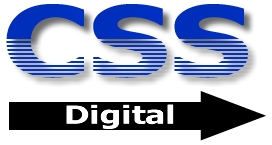VoIP Technology Explained
VoIP stands for 'Voice over Internet Protocol' and is a way of turning the analogue signals you hear when talking over a standard telephone into digital signals that can be sent via the internet.
An IP PBX is a complete telephony system that provides telephone calls over IP data networks. All conversations are sent as data packets over the network.
The technology includes advanced communication features but also provides a significant dose of worry-free scalability and robustness that all enterprises seek. The IP PBX is also able to connect to traditional PSTN lines via an optional gateway - so upgrading day-to-day business communication to this most advanced voice and data network is a breeze!
How It Works
An IP PBX or IP Telephone System consists of one or more SIP phones, an IP PBX server and optionally a VOIP Gateway to connect to existing PSTN lines. The IP PBX server functions in a similar manner to a proxy server: SIP clients, being either soft phones or hardware-based phones, register with the IP PBX server, and when they wish to make a call they ask the IP PBX to establish the connection.
The IP PBX has a directory of all phones/users and their corresponding SIP address and thus is able to connect an internal call or route an external call via either a VOIP gateway or a VOIP service provider. More information and commonly asked questioned about IP PBXs can be found on the IP PBX, SIP & VOIP FAQ.
Remember, a VoIP system is dependent on a reliable internet connection in order to function. For more information click here.


